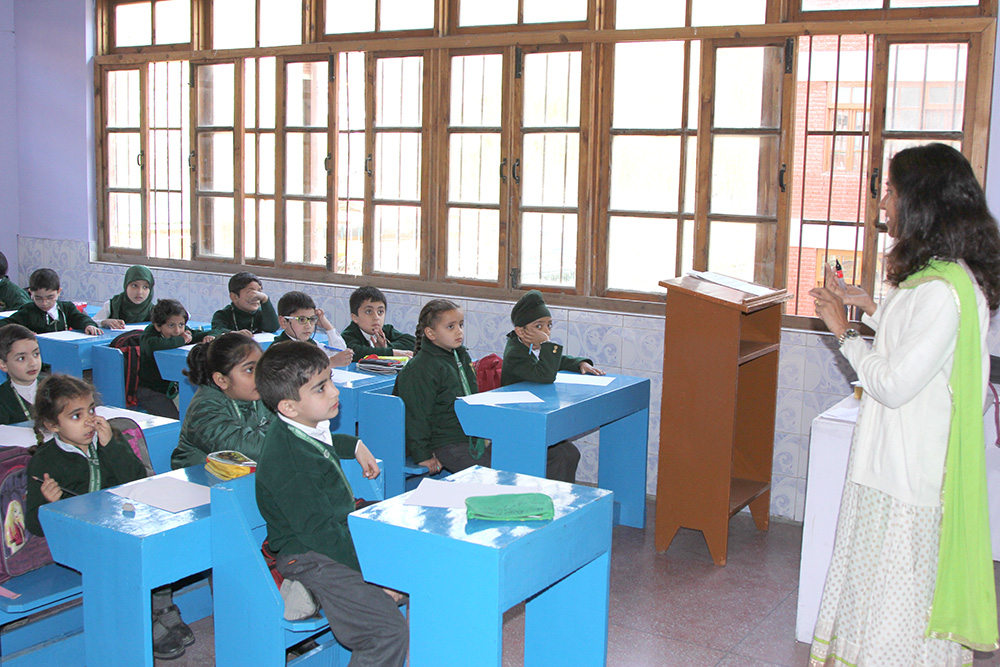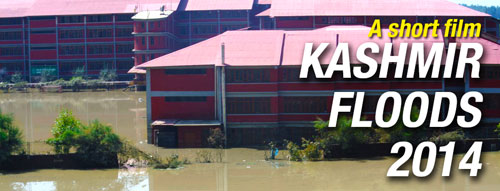
Eye Movement Desensitisation and Repocessing (EMDR) Workshop
EYE MOVEMENT DESENSITIZATION & REPROCESSING – A psychotherapy involve the techniques to reduce vivid, unwanted and repeated recollection of traumatic events.
Eye movement desensitization and reprocessing (EMDR) is a psychotherapy developed by Francine Shapiro that emphasis disturbing memories as cause of psychotherapy. It is used to help with the symptoms of Post-Traumatic Stress Disorder (PTSD). According to Shapiro, when a traumatic or distressing experience occurs it may overwhelm normal coping mechanisms. The memory and associated stimuli are inadequately processed and stored in an isolated memory network. The goal of EMDR therapy is to process these disturbing memories reducing their long lasting effects and allowing the person to develop more adaptive coping mechanisms. This therapy is done in eight phases approach that includes having the person recall distressing images while receiving one of several bilateral sensory input including side to side eye movements. The world health organization stated that EMDR therapy is one of the psychotherapy recommended for children, adolescents, and adults with PTSD. These techniques help people reduce vivid, unwanted, and repeated recollections of traumatic events. The basic guiding principle of EMDR is adaptive information processing (AIP) model. This model reveals that health is supported by positive and successful experiences that increasingly prepare a person to handle new challenges and that the brain is equipped to manage and process the adversity.Yet there are negative life experiences that can elude a person’s brain to complete the processing of difficult memories, and results in the reduction of suffering and symptoms and the development of new coping skills that can support psychological health. EMDR includes procedures which incorporate the three prolonged protocols of past, present, future.
Trauma Recovery EMDR Humanitarian Assistance Programmes (HAP) is a non-profit organisation that provides training in trauma focussed therapeutic approaches. All the trainers and facilitators voluntarily gave their time in training of people, so that EMDR will be available to those who need it most. Workshop of EMDR was conducted by a team of trauma recovery (HAP) the renowned psychologists which included Dr. Dushyant, Dr. Sushma, Dr. Parul , Miss Wabhvi, Dr. Chintan and others. During workshop they not only conducted group sessions with the different classes but as well provided the counsellors of school with the training to conduct EMDR therapy with other children in order to elevate their flood trauma that occurred in September 2014. Floods of 2014 not only stroked the minds of adults but also equally affected the tender minds of children. So the counselor of DPS conducted group sessions with all the children in school from tiny tots to higher classes to help them on working their traumatic experiences. The EMDR therapy turned to be very helpful for many children by making their brains to reprocess the worst memories. EMDR consists of eight phases and each phase has its precise intentions.
Phase 1: History and Treatment Planning
Here in counselors evaluated the children history and developed a general plan for treatment. This includes primary complaint of client.
Phase 2: Preparation
The students were helped to find the ways to cope with distressing emotions through the different relaxation techniques. So that they can calm down themselves from memories that disturb them very much.
Phase 3: Assessment
In this stage the students were made to visualize an image that represents their disturbing event and describe a thought or negative cognition associated with the image. Then they were asked to develop a positive cognition to be associated with the same image that is developed in place of negative one. Children were also asked about the validity of their positive cognition using a1-7 scale (VOC) the children were asked to focus on images, thoughts, body sensations that he/she can sense.
Phase 4: Desensitization
In this stage students were made to focus on disturbing memory in multiple brief sets of about 15-13 seconds. Simultaneously children were made to focus on dual attention stimulus, which consists of focusing on the trauma while initiating the lateral movements such as tapping on knees or doing butterfly hug. This process of personal association was repeated many times during the session until the children felt no distressed when thinking of target memory or worst memory.
PHASE 5: Installation
In this phase students focused on positive cognition. The students were asked to hold positive thought in mind and carry on with stimulation till the positive cognition (pc) was fully installed.
PHASE 6: Body Scan
In this stage the focus remains on the identifying and eliciting any negative and unusual sensations using the bilateral stimulation technique body scan is completed when students reported no more physical or emotional discomfort.
Phase 7: Closure
All the traumatic events were not resolved within one session students were made to do relaxation techniques and overcome their trauma and bring about emotional stability.
Phase 8: Re Evaluation
At this session the work done in initial session was re-evaluated in order to decide to continue on previous targets or continue to newer ones.
The response of students from all the age groups was marvelous, student really found it helpful as it helped them to elevate their traumatic memories. Students found it very worthwhile as their worst experiences were reprocessed. Many of them before therapy reported nightmares, less sleep, physical sensations, vomiting and headache etc,. But the therapy gradually helped them to overcome it. On overall basis it was a fantastic workshop ever conducted with the students that helped them to work on their traumatic experiences and really did wonders for students as they found themselves more relieved and relaxed after getting rid of their worst memories.



